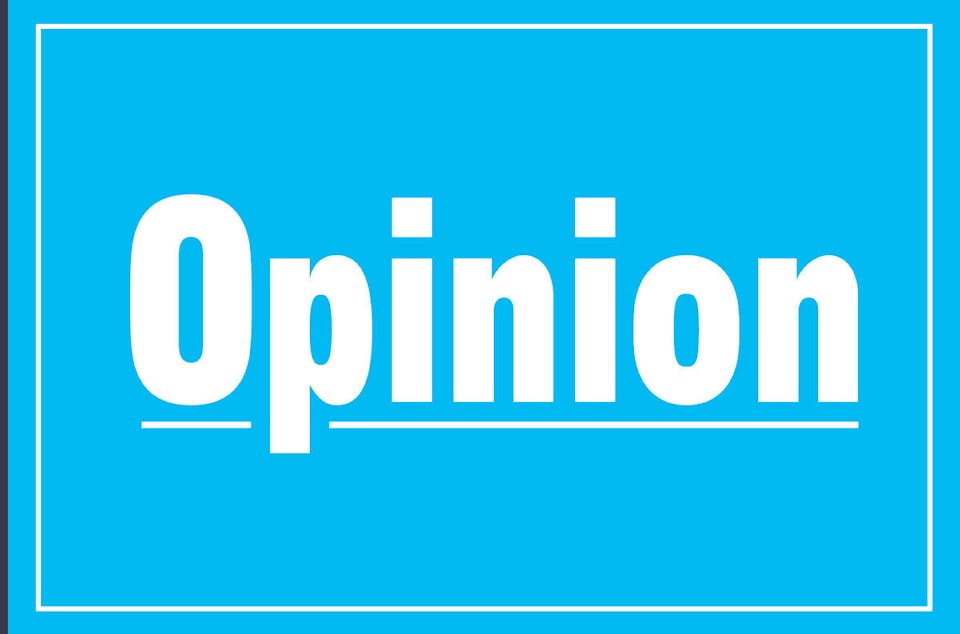The next federal election is less than a year away. A lingering issue for the government, in particular Prime Minister Justin Trudeau and Finance Minister Bill Morneau, is their ability to soundly manage the country’s finances.
While much of the attention has rightly focused on the government’s ongoing inability to balance its budget, more focus is needed on spending, which is the underlying reason why the government can’t match spending with revenues.
The government’s philosophy seems to be to spend as much as possible, given current revenues and its ability (economically and politically) to borrow.
The starting place to understand the government’s proclivity for spending is election year 2015. Budget 2015, tabled by the former Conservative government, estimated spending on programs and transfers to total $263.2 billion in 2015-16, while projecting a small surplus of roughly $1.4 billion.
Upon winning the fall election, the Liberals immediately increased spending. Their first budget as government (released in the spring of 2016) projected program spending in 2016-17 at $291.4 billion, an increase of $28.2 billion, or 10.7 per cent, in one year.
Almost all the new spending was to be financed by borrowing, with the annual deficit projected to reach $29.4 billion in 2016-17.
The most recent federal budget (2018) projects program spending will reach $321.5 billion next year (2019-20) — an increase of $58.3 billion or 22.2 per cent since 2015, when the government was elected.
And despite revenues increasing from $295.5 billion in 2015-16 to a projected $335.5 billion in 2019-20, the government still expects to borrow roughly $15 billion next year just to finance its operating spending.
Statistics from the Department of Finance indicate that the cumulative deficit — a measure of overall debt — increased from $628.9 billion the year before the Liberals took office to more than $671.3 billion last year, with another roughly $30 billion more in deficits expected this year and next.
And it’s worth noting that these spending and deficit numbers would have likely been worse had the government delivered on its infrastructure spending promises.
The government is being forced to back-load an increasing amount of infrastructure spending because it’s been markedly more difficult to spend the money than originally anticipated.
Again, the federal government’s guiding principle for the country’s finances seems to be to spend as much as possible given available revenues and borrowing.
One of the many problems with this approach is that it risks a serious deterioration in federal finances when the inevitable recession arrives. In times of recession and even economic slowdown, federal revenues automatically decline, while a number of spending programs, such as employment insurance, automatically increase, resulting in larger deficits.
A recent analysis, for instance, applied the experiences of recent recessions to current federal finances and concluded that the annual deficit could easily reach upwards of $42 billion to $48 billion, depending on the severity of the recession and the government’s response.
As election year 2019 quickly approaches, it’s imperative that the federal government demonstrate both a willingness and ability to return to a balanced budget based on more prudent and focused spending.
Such policies worked well under the government of former Liberal prime minister Jean Chretien and will work again.
Jason Clemens, Jake Fuss and Milagros Palacios are analysts with the Fraser Institute.
